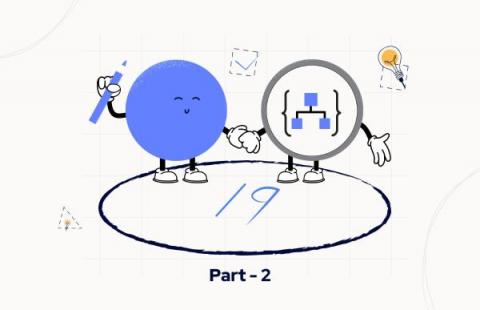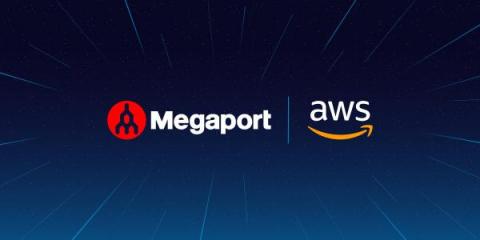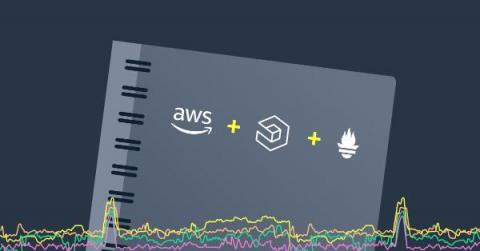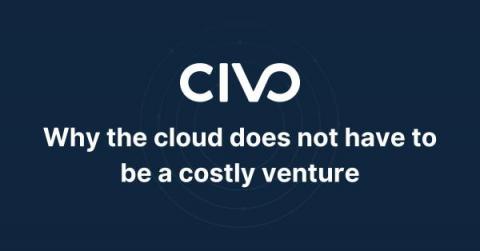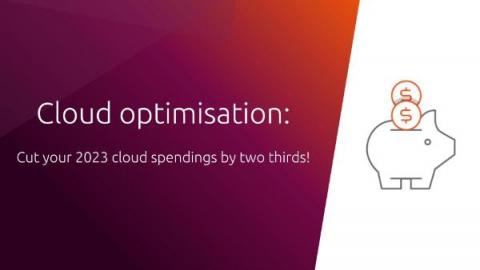Operations | Monitoring | ITSM | DevOps | Cloud
Cloud
The latest News and Information on Cloud monitoring, security and related technologies.
Megaport Simplifies AWS Outposts Networking
Combining AWS Outposts Rack with Direct Connect optimizes performance for demanding enterprise workloads. Megaport’s Outposts Ready Direct Connect solution simplifies the networking side.
8 Emerging Technology Trends for 2023 and Beyond
Spot Ocean CD is now live for all Spot users
AWS Elastic Load Balancing: Classic Load Balancer vs. Application Load Balancer
An Introduction to AWS Monitoring with Prometheus and Logz.io
Prometheus is a widely utilized time-series database for monitoring the health and performance of AWS infrastructure. With its ecosystem of data collection, storage, alerting, and analysis capabilities, among others, the open source tool set offers a complete package of monitoring solutions. Prometheus is ideal for scraping metrics from cloud-native services, storing the data for analysis, and monitoring the data with alerts.
Why the cloud does not have to be a costly venture
Looking back on the last 18 months, it is abundantly clear that one piece of technology found its moment more than any other: cloud. Essential to modern computing, cloud provides the capacity for businesses to run workloads with the flexibility and scale many firms would struggle to achieve with on-premise infrastructure. According to Flexera’s 2021 State of the Cloud Report, 90% of firms slightly or significantly increased their cloud usage due to the pandemic.
How To Optimise Your Cloud Infrastructure In 2023
How To Reduce Strife Between Engineers And Finance
Cloud optimisation: cut your 2023 cloud spending by two-thirds
Cloud optimisation enables organisations to significantly lower their cloud spending while ensuring the desired performance and necessary compliance. It’s a process that every business should adopt when choosing cloud infrastructure as a foundation for their applications. It’s been proven that applying cloud optimisation best practices leads to a total cost of ownership (TCO) reduction of two-thirds under certain circumstances. But let’s step back for a second.


